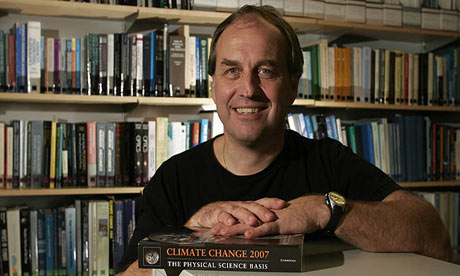 From Slate:The obesity epidemic has nothing to do with national security.
From Slate:The obesity epidemic has nothing to do with national security."
My name's Dewey Oxberger; my friends call me 'Ox'. You might've noticed I've got a slight weight problem," said John Candy to his fellow Army recruits in the 1981 film
Stripes. "So I figured while I'm here, I'll lose a few pounds. I'm gonna walk out of here a lean, mean fightin' machine!"
In real life, the
6-foot-2, 300-pound Ox wouldn't have made it through the barracks door. The movie's release coincided with a new
weight-control program in the U.S. military. Recruits were already screened for height and weight; now they'd be checked for body fat percentage, too. It's been 30 years since
Stripes came out, and the rate of obesity among adults has doubled. A report out this week estimates that 27 percent of all Americans of recruitment age—that's 9 million young adults—are
too fat to fight for their country. At a press conference Tuesday, Sen. Richard Lugar, Agriculture Secretary
Tom Vilsack, and a group of retired generals and admirals warned that our poor diets and lack of exercise have now become
a danger to homeland security.
Read more ....
My Comment: I could not have said it any better.
 Modelling the neuron as little more than a simple on/off switch is a big mistake (Image: Dan Webber)
Modelling the neuron as little more than a simple on/off switch is a big mistake (Image: Dan Webber)














































